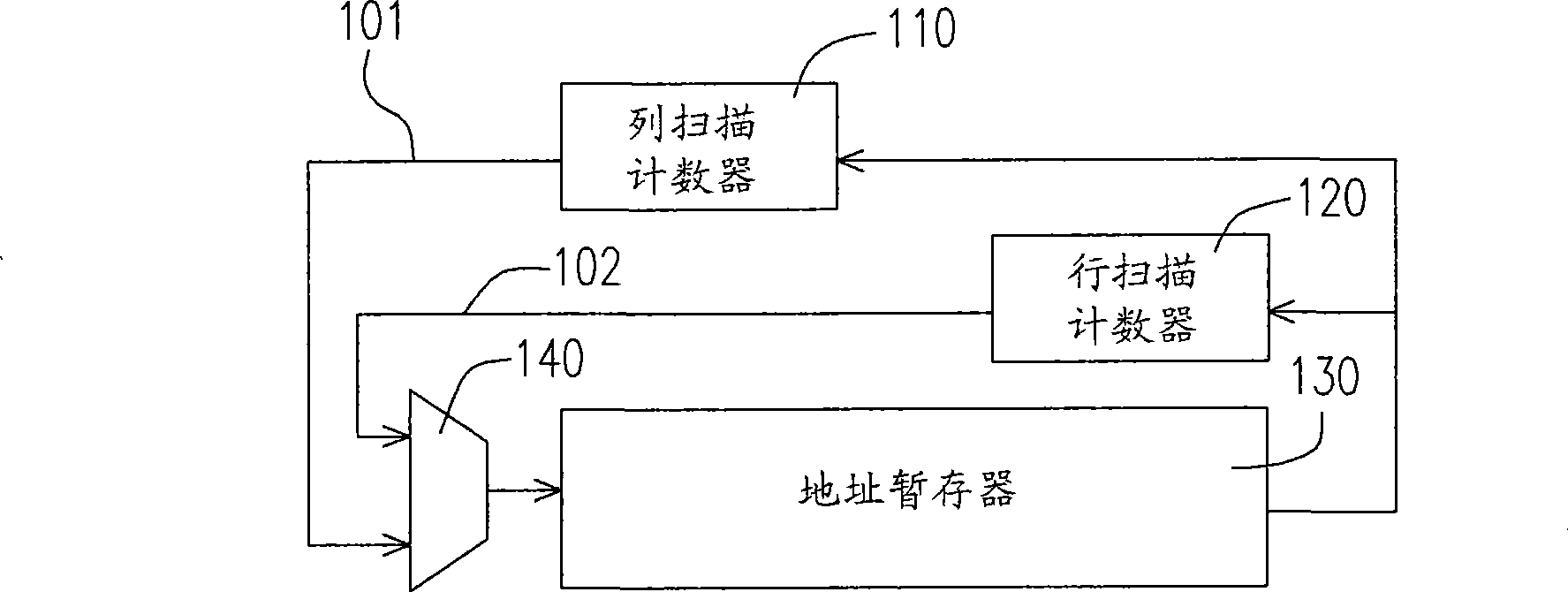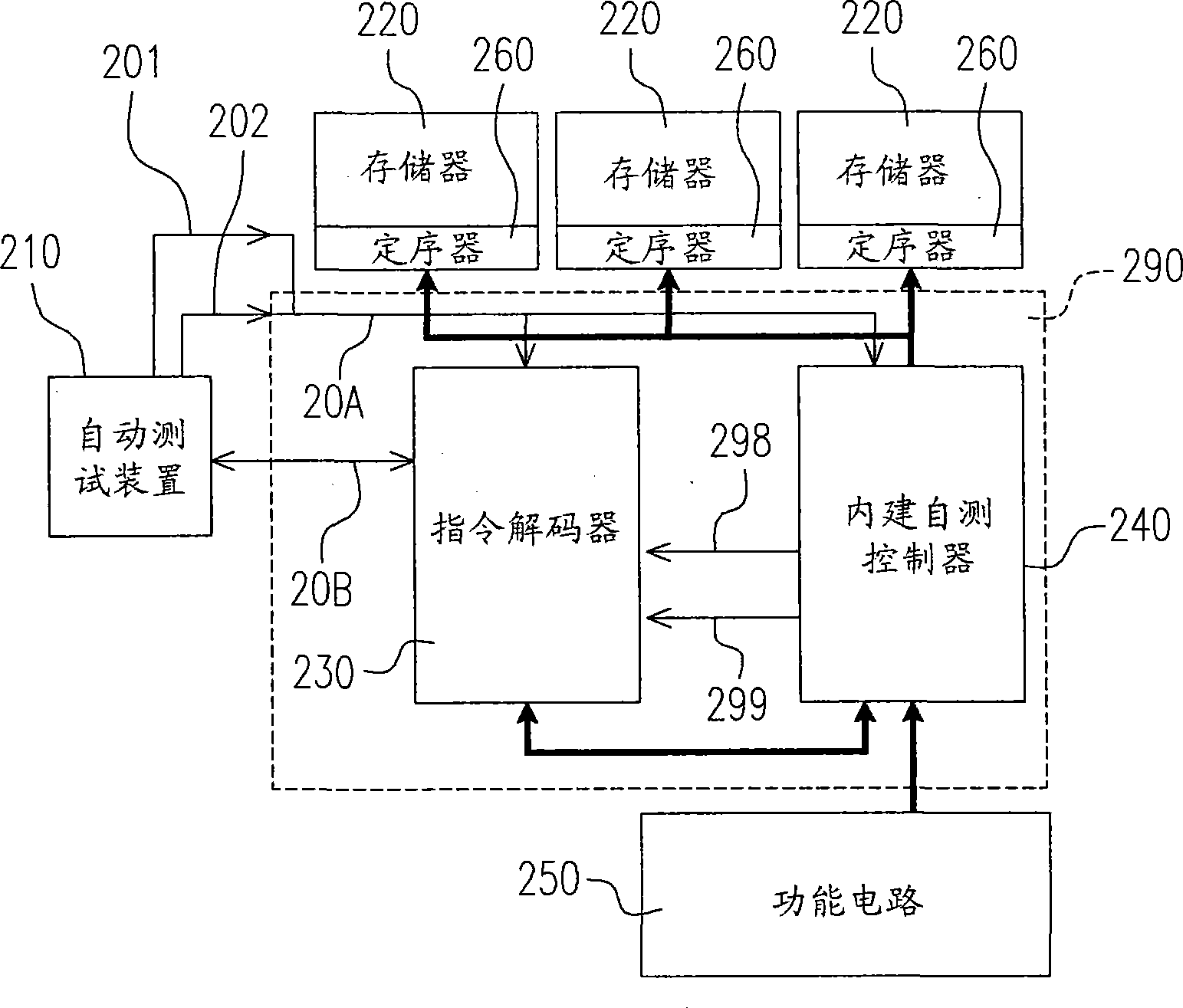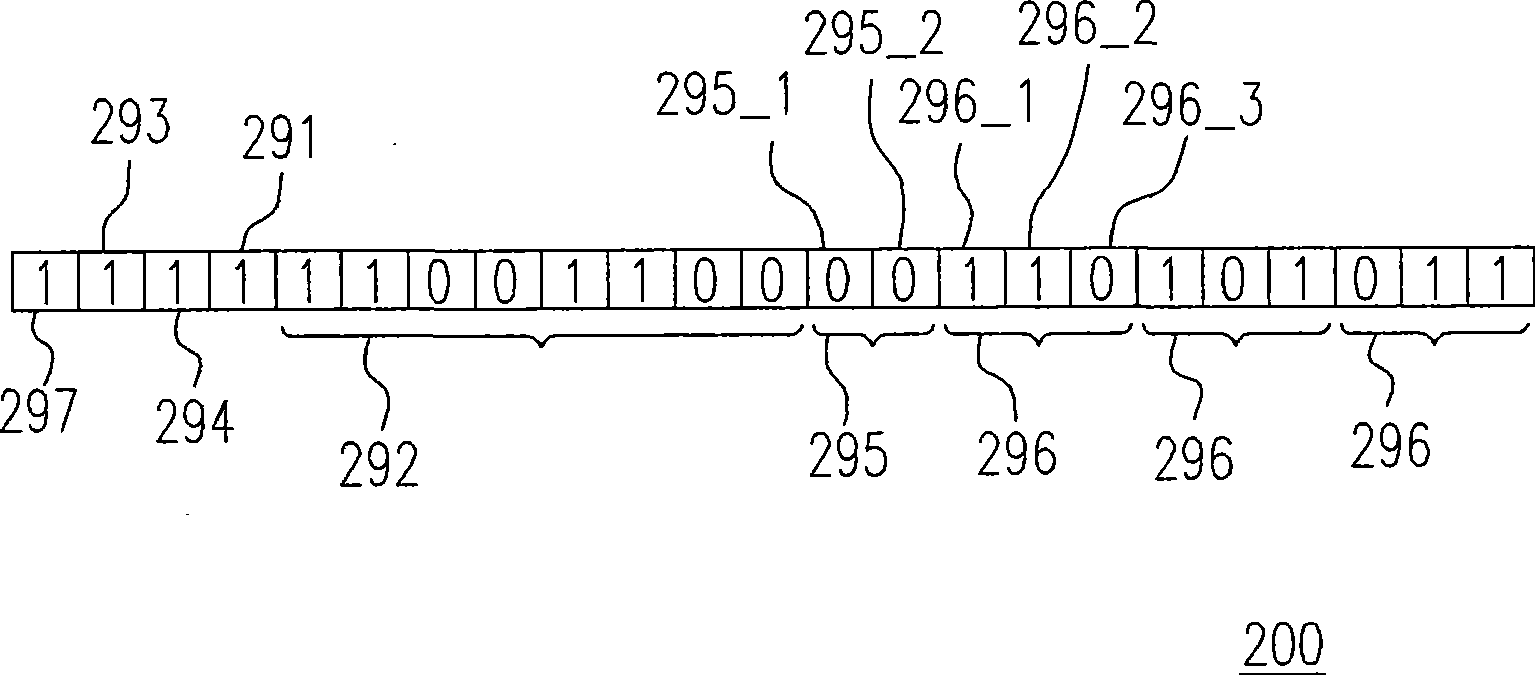Built-in self-testing circuit and clock switching circuit of programmable memory
A built-in self-test circuit and built-in self-test technology, applied in static memory, instruments, etc., can solve the problems of increased production cost, difficult test work, large chip area, etc., to reduce the area, increase the area, and reduce the chip size. area effect
- Summary
- Abstract
- Description
- Claims
- Application Information
AI Technical Summary
Problems solved by technology
Method used
Image
Examples
Embodiment Construction
[0076] Figure 2A It is an embodiment of the memory built-in self-test circuit of the present invention, which includes a memory built-in self-test circuit 290, a memory under test 220, a sequencer (sequencer) 260 to which the memory under test 220 belongs, and an external automatic test device 210 and a functional circuit 250 . Each tested memory 220 and its corresponding sequence generator 260 are respectively coupled with the memory built-in self-test circuit 290, the memory built-in self-test circuit 290 is coupled with the automatic test device 210, and the function circuit 250 is also connected with the memory built-in self-test circuit 290. Built-in self-test circuit 290 is coupled.
[0077] Please refer to Figure 2A As shown, the memory built-in self-test circuit 290 includes a command decoder 230 and a built-in self-test controller 240 coupled to each other. The built-in self-test controller 240 and the instruction decoder 230 receive the control signal 20A, where...
PUM
 Login to View More
Login to View More Abstract
Description
Claims
Application Information
 Login to View More
Login to View More - R&D
- Intellectual Property
- Life Sciences
- Materials
- Tech Scout
- Unparalleled Data Quality
- Higher Quality Content
- 60% Fewer Hallucinations
Browse by: Latest US Patents, China's latest patents, Technical Efficacy Thesaurus, Application Domain, Technology Topic, Popular Technical Reports.
© 2025 PatSnap. All rights reserved.Legal|Privacy policy|Modern Slavery Act Transparency Statement|Sitemap|About US| Contact US: help@patsnap.com



